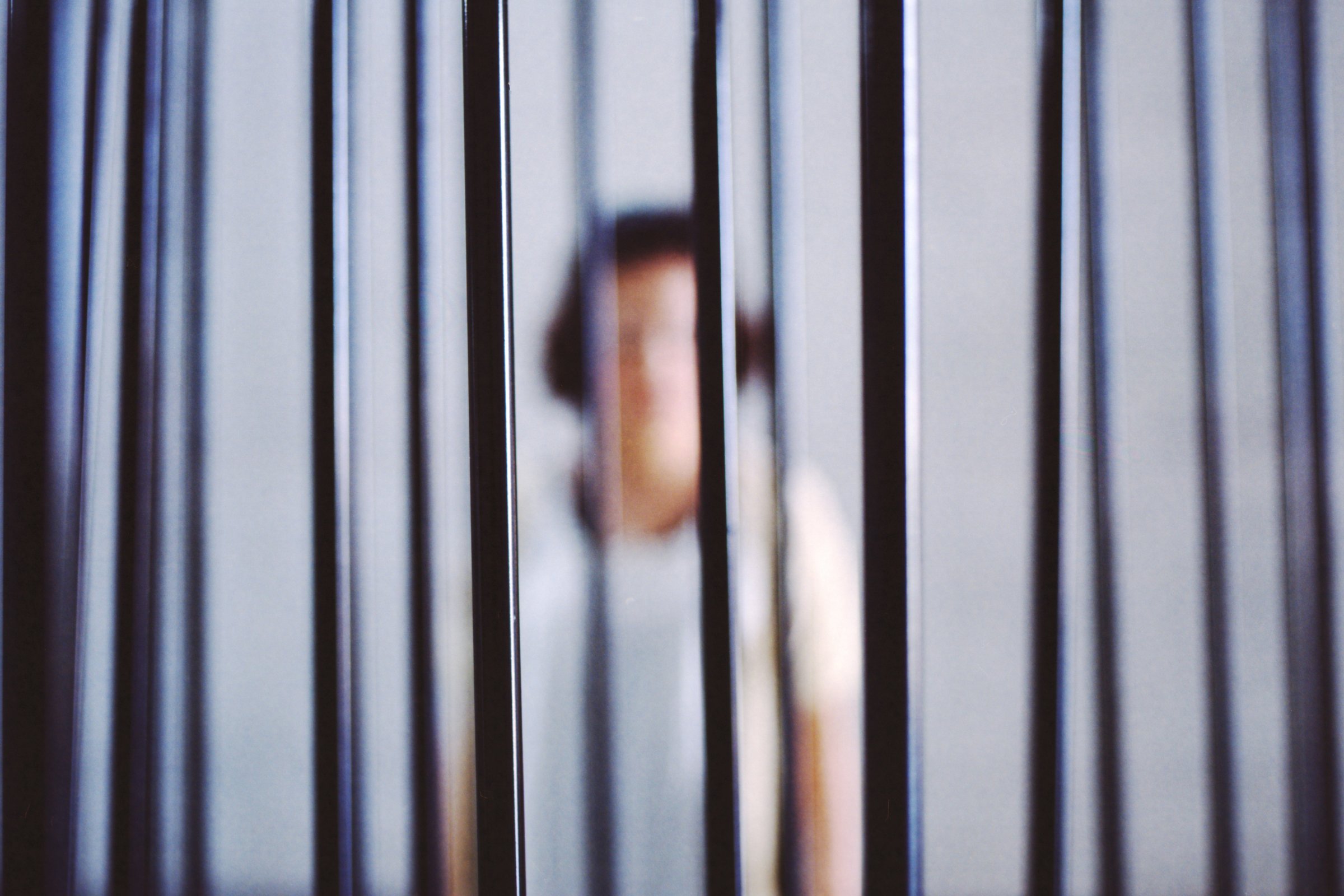
The popular image of exonerations—fueled by any number of movies and TV criminal procedurals—is of a wrongly accused rapist set free after DNA testing reveals the real perpetrator. But as a new report shows, this DNA-centric scenario is becoming increasingly less common in the real world of exonerations. Indeed, while the number of exonerations hit a record high in 2013—87 compared with the previous high of 83—only 18 of these involved DNA evidence.
(MORE: Study: Record Number of U.S. Convicts Cleared in 2013)
These figures point to a hard truth: For all the understandable weight we give DNA evidence, it is of little if any use for the vast majority of the wrongfully convicted. While DNA remains the focus of exoneration efforts around the country, and all states have passed laws that provide for post-conviction access to testing, experts estimate that only 5% to 10% of all criminal cases involve such evidence. If we are to make meaningful progress towards freeing innocent people now serving time—a population some now place at more than 100,000—we need new laws designed to target miscarriages of justice that lack DNA evidence.
Taking such steps is especially critical for women, who make up a fast-growing segment of the nation’s prison population. Women’s alleged crimes of violence—often involving children or romantic partners—do not typically hinge on the whodunit question of identity that DNA is so useful in resolving. To the contrary in such cases, the more common question is whether a crime was even committed, with one salient example being the increasingly discredited diagnosis of shaken baby syndrome. (Notably, “no crime” cases comprise another category on the increase, accounting for a whopping 22% of this year’s exonerations.)
Happily, recent years have seen the beginnings of a movement to grapple with these issues. In a curious twist, it is Texas—not a state generally associated with progressive criminal justice reform—that is leading the way. Last fall, the state passed the nation’s first law recognizing faulty forensic evidence (aka junk science) as a basis for post-conviction relief. The underlying logic is simple: as science evolves and past scientific testimony is seen in new light, we ought to revisit those convictions that have been cast in doubt.
The first to successfully invoke the Texas junk science law were three women convicted in 1998 of sexually abusing a child. Days later, another woman was separately released after serving 21 years for sexually abusing multiple children–one of the many satanic ritual day care scandals of the 1990s, often rightly compared to the Salem witch trials of the late 17th century. Without the new legislation, these women would still be behind bars.
Another sign of this trend came last month, when a federal judge in Chicago issued a ruling finding “actual innocence” in a case based on shaken baby syndrome. Even without DNA to prove her innocence, 43-year-old Jennifer Del Prete was able to show that, based on current science, no reasonable jury could possibly find her guilty of murdering the baby in her care. As U.S. District Judge Matthew Kennelly wrote in his 97-page opinion, it’s now apparent that the diagnosis of shaken baby syndrome is arguably “more an article of faith than a proposition of science.”
These incisive words reflect the growing consensus among experts that the neurological symptoms once viewed as conclusive proof of a caregiver’s guilt may well have natural causes, including congenital defects, metabolic disorders, infectious diseases and autoimmune conditions. Such “mimics of abuse” have attracted growing attention in the five years since I began studying the criminal justice system’s treatment of shaken baby syndrome. But our law’s approach to unwinding injustice remains both far too fluky and far too delayed.
If Del Prete is ultimately exonerated—as appears not unlikely—her case will be in keeping with the demographic trend away from a reliance on DNA. Yet in so many ways, hers is also a cautionary tale. Del Prete is now almost a decade into a 20-year prison sentence. And, notwithstanding the finding of “actual innocence,” she will remain incarcerated, at least for now. Federal law allows state prisoners to challenge the constitutionality of their convictions, but the grounds are narrowly defined. In the Alice in Wonderland world of federal criminal procedure, the judge who found her claims of innocence entirely credible was not permitted to vacate her conviction, since innocence is not a basis for relief. The ruling simply means she can move forward to challenge her conviction on separate constitutional grounds.
Such troubling cases underscore the need to reform our laws to better address the realities of all wrongful convictions. We need new avenues for post-conviction relief that reflect what we now know about the common causes of false convictions: false confessions, lying informants, eyewitness misidentification, and invalid forensic science. And we owe it to those wrongly convicted to move far more quickly—to recognize the moral imperative of overcoming the inertia of injustice.
Deborah Tuerkheimer, a Professor of Law at DePaul University, is a former assistant district attorney in Manhattan who has written widely on rape and domestic violence. She is currently a Public Voices Faculty Fellow with the OpEd Project. Her book Flawed Convictions: “Shaken Baby Syndrome” and the Inertia of Injustice (Oxford University Press) is forthcoming in April.
More Must-Reads from TIME
- Donald Trump Is TIME's 2024 Person of the Year
- Why We Chose Trump as Person of the Year
- Is Intermittent Fasting Good or Bad for You?
- The 100 Must-Read Books of 2024
- The 20 Best Christmas TV Episodes
- Column: If Optimism Feels Ridiculous Now, Try Hope
- The Future of Climate Action Is Trade Policy
- Merle Bombardieri Is Helping People Make the Baby Decision
Contact us at letters@time.com